Army CIO Offers Capability Wish List
Lt. Gen. Bruce Crawford, Army chief information officer (CIO)/G-6, said the service is interested in small satellite technology, dynamic spectrum access, the ability to leverage existing infrastructure, alternatives to space-based precision, navigation and timing, artificial intelligence, machine learning, and air and ground robotics.
Gen. Crawford specified that the technologies are not capabilities gaps but instead are technological areas of interest. He made the comments while presenting a keynote speech at the AFCEA Army Signal Conference in Springfield, Virginia.
Large constellations of small satellites will improve satellite resilience to jamming or kinetic attacks while enabling broader, more persistent global coverage than a small constellation of traditional satellites.
“There’s probably somewhere between 3,000 and 11,000 small satellites being launched. It has to do with voice, it has to do with video, it has to do with data…it’s about broadband, it’s about increasing the amount of capacity associated with broadband,” Gen. Crawford said. “We’ve talked about operating in congested and contested environments, so being able to capitalize on low-orbit satellite capability and…we are very, very, very—three verys—interested in what is happening here for a variety of reasons.”
LTG Crawford, @ArmyCIOG6, We are very, very, very--three verys--interested in what is happening [in space.]#AFCEA
— George Seffers (@gseffers) March 6, 2018
Dynamic spectrum access improves spectrum agility in contested environments, helps counter jamming, both intentional and unintentional, and uses spectrum more efficiently. The Army CIO touted mobile ad hoc networking—not as individual components but as an overall system. “What’s fundamentally different here is yet another series of technologies that have been combined together,” he said.
LTG Crawford, @ArmyCIOG6, says the network is about allowing warfighters to orient, decide and act faster than the adversary. #AFCEA
— George Seffers (@gseffers) March 6, 2018
Leveraging existing infrastructure, including unlicensed LTE services, allows warfighters to go into an austere environment and communicate using the infrastructure already in place rather than packing along all of the equipment required to build an infrastructure.
Non space-based alternatives to precision, navigation and timing—namely GPS—allows warfighters to continue fighting effectively if GPS satellites are jammed, attacked or merely unavailable for other reasons. “I know this is being developed, so what we’re saying is that it’s probably the greatest example we have of big bet technological advantages,” Gen. Crawford offered.
Regarding artificial intelligence (AI), machine learning and robotics, he said AI could be used to help consolidate data centers. But the general also suggested the Army still has many questions about the best uses for the technologies. “We need to truly leverage artificial intelligence not where it is but where it’s going,” he added.
LTG Crawford, @ArmyCIOG6, We're very interested in #AI and machine learning. Let's leverage AI not where it is but where it's going.#AFCEA
— George Seffers (@gseffers) March 6, 2018
The CIO also described the Army as being on a journey toward a modernized network that converges about 65 disparate networks into a single security infrastructure with centralized command and control; enables soldiers and commanders to decide, orient and act faster than their adversaries; enables a multidomain battle environment; and allows greater network situational awareness and security.
Army leaders have concluded the current network is too complex, fragile, insufficiently mobile and too easily detected and targeted by enemy forces. As a result, the service intends to halt any programs that do not meet operational needs, fix programs required to “fight tonight” and improve command post survivability and mobility.
Lt. Gen. Laura Richardson, deputy commanding general and chief of staff, U.S. Army Forces Command, stressed command post mobility during her morning keynote presentation. The legacy command post, she pointed out, includes a lot of vehicles and a lot of wires. Army officials want a command post with a much smaller signature and that can be set up and taken down within 30 minutes so it can move more often to avoid detection and targeting.
“Command posts are critically important to the warfighter. We’re looking for mission command platforms. We’re looking for prewired. We’re looking for wireless, for intelligent power and different configurations that are possible,” Gen. Richardson said.
LTG Richardson, @FORSCOM, Command posts are too big, too vulnerable. Indicates Army wants wireless, more mobile command posts.#AFCEA
— George Seffers (@gseffers) March 6, 2018
Although service officials examined the tactical network first, they are not ignoring the enterprise network. “For 11 months and change, you’ve been hearing about the modernization of the tactical network,” Lt. Gen. Crawford said. “What we started three weeks ago—and this is breaking news, I guess—is we started an in-depth analysis of the enterprise.”
LTG Crawford, @ArmyCIO, 3 weeks ago we started an in-depth mission analysis of the enterprise.#AFCEA
— George Seffers (@gseffers) March 6, 2018
He suggested that developing a strategy for the enterprise will be more challenging than for the tactical network. “I want you to know that work has started."
The lessons learned so far indicate that the “issues with the strategic network have literally been masked over the last 15 years,” Gen. Crawford said, adding that it was known but not really highlighted, in part because of a lack of demand.
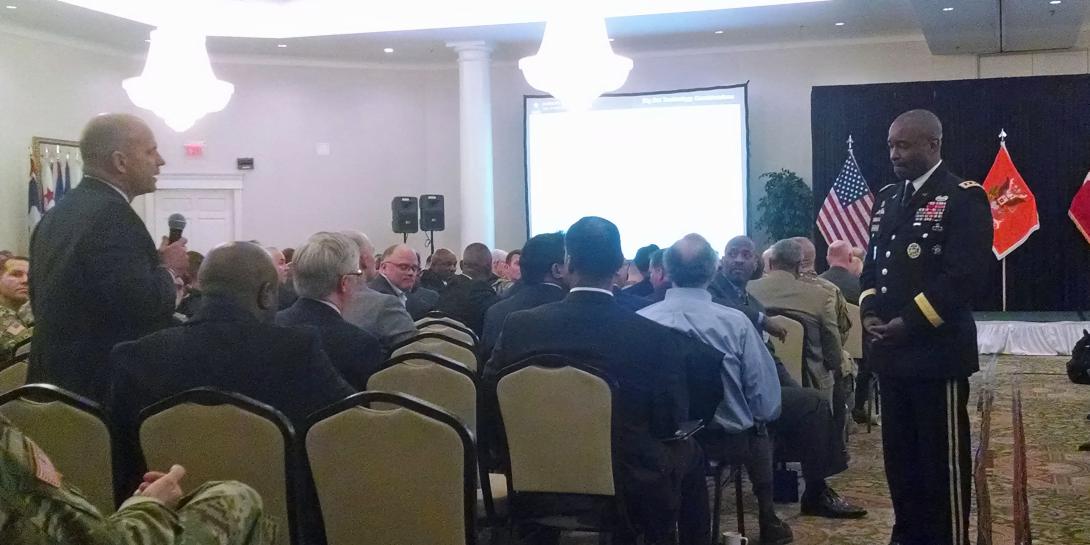
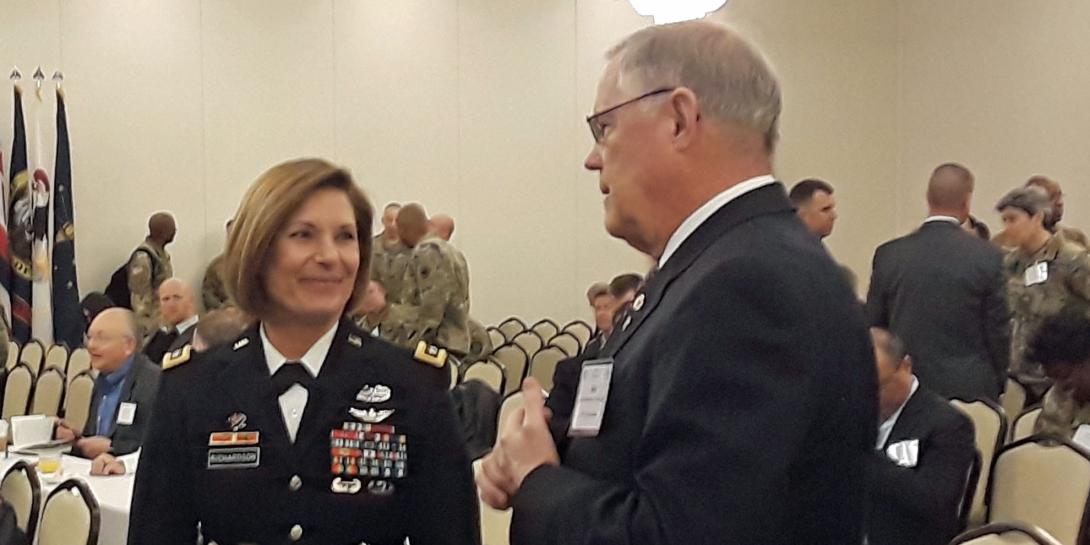
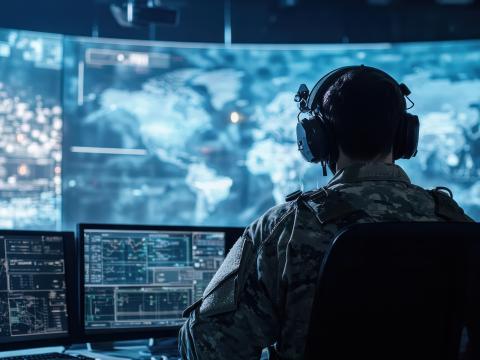
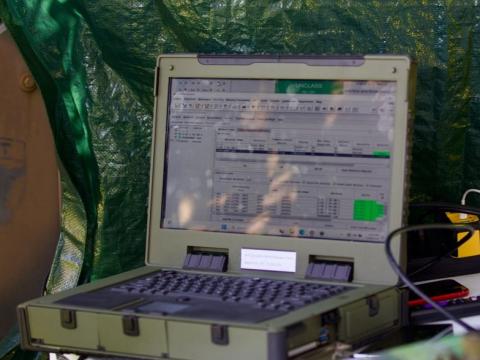
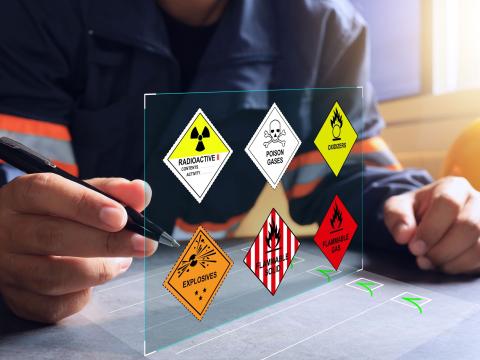

Comments